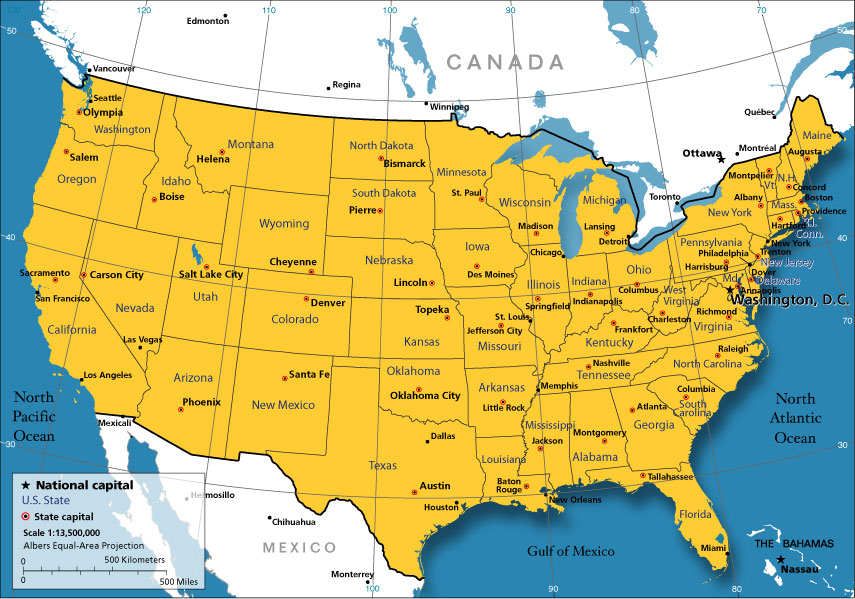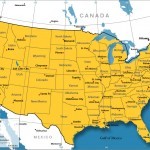The Code of Federal Regulations or CFR contains all of the rules and regulations of Federal Agencies, a description of the structure of the CFR can be found here. Equally important to understanding the regulations is awareness of the rulemaking process where a determination is made that a new or revised regulation is necessary and steps taken to create that regulation. A graphic illustration or “Reg Map” of the process can be found here.
Before the rulemaking process becomes public, a Federal agency must take the initiative to create a new rule or revise an existing one to meet some need. The agency will determine if a new or revised rule is needed based on a variety of factors that may include public health and safety concerns, new scientific data or technology, political pressure, and more. The agency will then prepare a Notice of Proposed Rulemaking (NPRM) and make it available for review by the Office of Management and Budget (OMB).
Executive Order 12866, signed by President Clinton in 1993, created guidelines for OMB to follow during its review. It will not allow the NPRM to be published if, among other things, it is not consistent with the issuing agencies authority and philosophy, contradicts or conflicts with existing rules, or if it determines the issuing agency has not considered alternatives to issuing the rule. The OMB will only review those rulemaking actions it determines to be “significant”.
If the NPRM passes the OMB review, it is ready to be published in the Federal Register. The Federal Register is the official daily publication for rules, proposed rules, and notices of Federal agencies and organizations, as well as executive orders and other presidential documents. The purpose of the NPRM is to make publicly known the proposed new rule or revision. The agency will include with the NPRM its reasons for the rule and supporting information. The public is then to comment on the NPRM.
Comments on the NPRM by the public may be made through a variety of methods: US Mail, hand delivery, fax, email, or web portal (www.regulations.gov). Comments must reference the Docket Number and Regulation Identifier Number (RIN) assigned to the NPRM. Choose your words carefully, all comments are made publicly available along with the NPRM.
The Comment Period will last for a period of time established by the agency in the NPRM (60 days is standard); the holding of a public hearing during this time is at the discretion of the agency unless required by statute or its policy. At the close of the Comment Period the agency will conduct research taking into consideration any new information contained in comments received. Consideration is given to the proposed rule’s economic costs and benefits, possible environmental impact, and overall burden on the regulated parties. After it has completed the research to its satisfaction the agency will draft the final rule, interim final rule, or direct final rule.
- A final rule adds, changes, deletes, or affirms regulatory text.
- An interim final rule adds, changes, or deletes regulatory text and contains a request for comments. The subsequent final rule may make changes to the text of the interim final rule.
- A direct final rule adds, changes, or deletes regulatory text at a specified future time, with a duty to withdraw the rule if the agency receives adverse comments within the period specified by the agency.
The OMB then has ninety days to again review the rule prior to its publication. OMB may either approve the rule for publication or send it back to the issuing agency for additional research.
Publication of the rule may take the form of each or all of the following:
- Submittal to both houses of Congress and the General Accounting Office for review and possible impact on the rule.
- Publication in the Federal Register.
- Publication in the Code of Federal Regulations
The Federal Register entry contains valuable information in the form of the preamble where the agency will address comments received, provide support information for the appearance of the rule as published, indicate the purpose of the rule, and include its opinion of what the rule means.
The agency may make minor changes to the rule upon publication, such as correcting typos, without informing the public or creating a comment period.
Why is it so important to be aware of this process? Every step of the above that takes place in the public realm is made available on the internet (www.regulations.gov). Given the widespread availability of the internet, the government assumes that this information will be known by all affected persons. In short, if you are in non-compliance with a regulation because you were unaware of its existence, the agency (US EPA, OSHA, US DOT) will point to its publication in the Federal Register and say, “you should have known”.
I have had the opportunity to conduct training for a variety of companies over the years. It is not uncommon that they first learn of the existence of a regulation from me. Often they are surprised to learn that they are not in compliance with a regulation that has been in effect for years; their comment: “No one told us about that.” The regulatory agencies such as the US EPA or the US DOT won’t tell you about a new or revised regulation until they find you to be in violation and it’s too late. Attending high-quality training like mine is one way to learn about new and revised regulations that affect you and meet the training requirements of the US EPA and the US DOT.
My one day training events will meet the regulatory requirements of the US EPA for hazardous waste personnel and the US DOT for HazMat Employees. Check out my training schedule to find a date and location convenient for you or contact me (Info@DanielsTraining.com) to arrange for on-site training.





